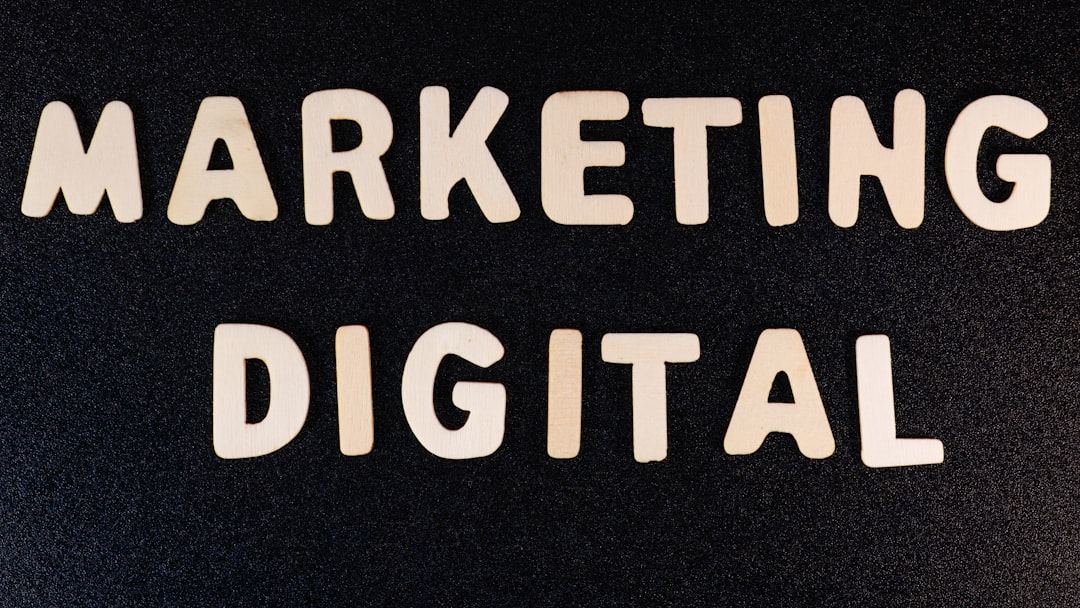YouTube has taken the world by storm, becoming a primary source of entertainment, education, and marketing for millions of users. For creators in the United States, standing out has never been more competitive. With over 500 hours of content uploaded every minute, it’s no wonder that many creators explore alternative strategies to grow their channels—one of the most controversial being the act of buying views. This guide dives deep into what every U.S.-based creator needs to know about buying YouTube views, from the potential benefits to the significant risks, and how to do it in the smartest and safest way possible.
Why Creators Consider Buying YouTube Views
The concept of buying views can appear shady to some, but for many content creators, especially those just starting out, it represents an opportunity. Here’s why:
- Increased Visibility: YouTube’s algorithm favors videos with higher engagement. Boosting views can jumpstart algorithmic recommendations.
- Social Proof: A video with thousands of views appears more credible and can encourage organic viewers to watch and subscribe.
- Brand Partnerships: Higher views can attract sponsors and collaborations, boosting revenue potential.
- Kickstarting New Channels: Buying initial views can help creators avoid the discouragement of early stagnation and build motivation.

The Different Types of YouTube Views You Can Buy
Not all views are created equal. Understanding the kinds of views available in the online marketplace is vital to ensure you make ethical and impactful decisions.
1. Bot Views
These are artificially generated by automated systems and offer no real user engagement. While they might inflate view counts, they risk violating YouTube’s terms of service and could result in account penalties.
2. Real Human Views
These views come from paid promotion networks which direct real traffic to your video via ads or incentivized platforms. Though more expensive, these offer a safer and more legitimate form of growth.
3. Targeted Views
Advanced services allow creators to target specific demographics such as location, age group, or user behavior. For U.S. content creators focusing on a local audience or niche, this can be especially beneficial.
How to Buy YouTube Views Safely
If you’re a creator considering this route, exercising caution is crucial. Here’s how to buy views the right way:
- Use Reputable Services: Research platforms with verified user testimonials and a proven track record. Avoid marketplaces that offer “instant” results without transparency.
- Avoid Unrealistic Growth: A sudden spike can appear suspicious to both viewers and platforms. Spread out view acquisition to maintain authenticity.
- Complement with Organic Strategies: Pair purchased views with shares on social media, collaborations, and community engagement to maintain legitimate growth.
- Read YouTube’s Policies: Stay updated with the latest guidelines on artificial engagement to remain within the platform’s compliance criteria.
Pros and Cons of Buying YouTube Views
| Pros | Cons |
|---|---|
| Provides initial momentum and social proof Saves time in gaining visibility Can help attract new subscribers organically |
Risk of violating YouTube policies Can result in low engagement rates Poor-quality services can harm channel reputation |
Red Flags: What to Avoid When Buying Views
Not all view providers are created equal. Be wary of the following signs:
- Guaranteed Viral Results: No service can promise you a spot on YouTube’s trending page.
- No Customer Support: Legitimate platforms will always offer a way to reach out and ask questions.
- Ultra-Low Prices: If the price looks too good to be true, it probably is—and may mean the views are from bots.
- No Refund Policy: A genuine provider will have some kind of satisfaction guarantee in place.

Best Practices for Using Bought Views
To maximize your investment and stay on the good side of YouTube, follow these best practices:
- Use Views to Support High-Quality Content: No number of paid views will save poorly created content. Focus on valuable, engaging videos first.
- Monitor Analytics: Regularly check your performance in YouTube Studio to identify which sources are delivering meaningful engagement versus empty numbers.
- Stick to Ethical Providers: Look for companies that offer real views through promotion, not click farms or bots.
- Balance Paid with Organic: Include SEO optimization, social media sharing, and community posting in your growth strategy.
Impact on Long-Term Channel Growth
Buying YouTube views isn’t a silver bullet. It should be viewed as a short-term booster rather than a lifelong strategy. If misused, it can dent a creator’s credibility. However, when strategically and ethically implemented, it can help increase initial visibility, spark engagement, and introduce content to a broader audience.
For creators in the U.S., where consumer expectations and competitive content are world-class, standing out is essential. Purchased views can be part of that broader marketing and growth plan—but only when done right.
Frequently Asked Questions (FAQ)
- Is it legal to buy YouTube views in the U.S.?
Yes, it is legal, but it must comply with YouTube’s terms of service. Buying deceptive or bot-generated views can result in penalties. - Will my channel get banned for buying views?
Only if the views are fake or violate YouTube’s policies. Using services that deliver real, human views through legitimate promotion is safer. - How can I identify a safe view provider?
Look for reviews, transparency on how the views are promoted, money-back guarantees, and responsive customer service. - Can buying views help increase subscribers?
Indirectly, yes. Higher views can increase your video’s visibility, which may result in more people subscribing organically. - How many views should I buy to see a difference?
This depends on your goals and channel size. Smaller channels may benefit from a few thousand views, while larger channels might need more to notice significant changes. - Do bought views show up in analytics?
Yes, but only if they are from real users. YouTube Analytics will show the source of traffic, demographics, and watch time for valid views.



